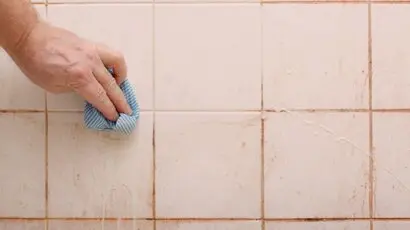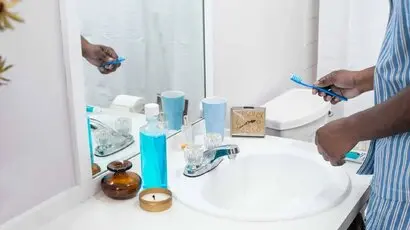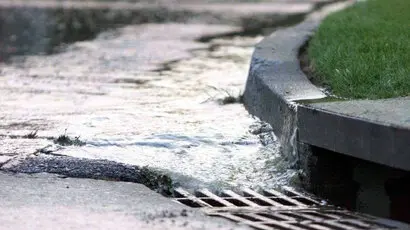How To Remove Calcium Build-Up On Faucets?
Have you noticed a calcium build-up on your bathroom taps? Here are are methods for cleaning both stains and build-up on your faucets with simple DIY remedies!
If you think only significant issues like a burst pipe or a clogged drain can disrupt the day, that’s not entirely true.
It’s not just major plumbing issues that can disrupt your day; even minor ones like wall cracks, leaks, or those pesky calcium build-ups on taps can cause headaches. If your water’s hard, you might spot a chalky white residue on your faucets. If you’ve let it linger, it’s probably time to tackle it head-on.
That chalk-like mark is known as calcium build-up in the faucet. Usually, it does not pose a threat but is a strong indicator of the water’s hardness. Moreover, water like that can harm appliances and fabrics. Hence, if you see a build-up, it is time to eliminate it.
Wondering how to get rid of it? Don’t worry! This guide will walk you through some straightforward ways to tackle and remove those build-ups with ease.
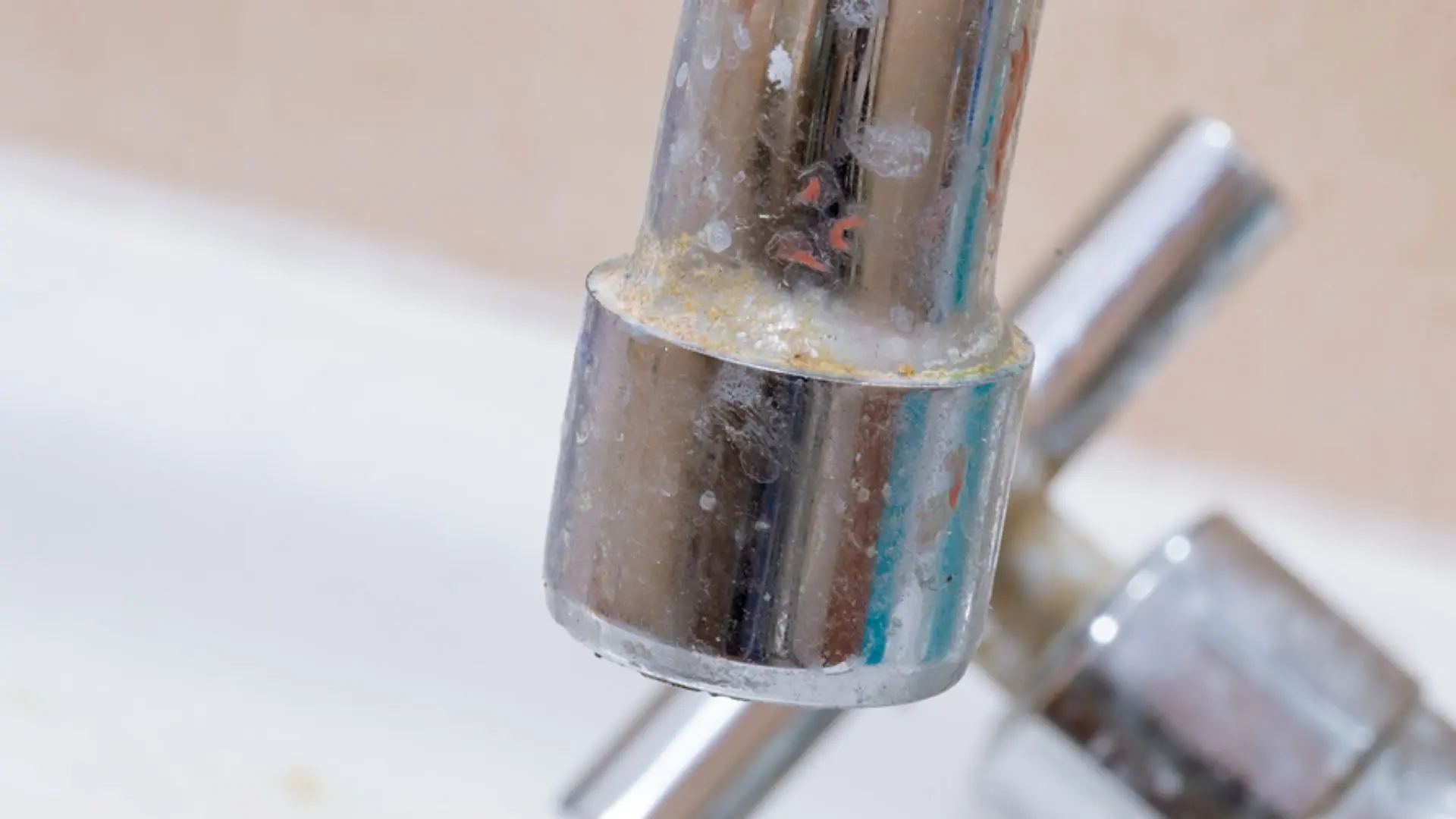
Before we fix this issue, let’s examine why it happens in the first place. There are multiple reasons why a faucet may be clogged, but here are two reasons.
The first and foremost reason is hard water. Hard water is defined as water that contains too much calcium or minerals like iron. So, when water pressure and hardness come together through the same faucet, it leaves a few sediments behind. That is the main reason calcium build-up is present in the tap.
Although hard water is not fatal, prolonged exposure can cause issues with the skin. Additionally, it can affect fabrics, so if laundry looks dull even after washing, there may be a chance of hard water.
Another reason there could be a build-up in the faucet is debris deposits. Since the water has too much calcium or mineral deposits, it can cause the pipes to break down, which chips away with water pressure. In a way, this ties in with hard water because of the water’s hardness.
This is especially true with copper fittings, which tend to rust quickly. If hard water flows through corroded copper pipes and faucets, it will lead to a massive leak and calcium build-up that only professionals can solve.
Calcium deposits are pretty common, especially if you have hard water. While it’s a bit of a nuisance, it’s also a chance to get a bit creative and handy with the solutions!
So, let’s dive into four different methods to tackle this issue.
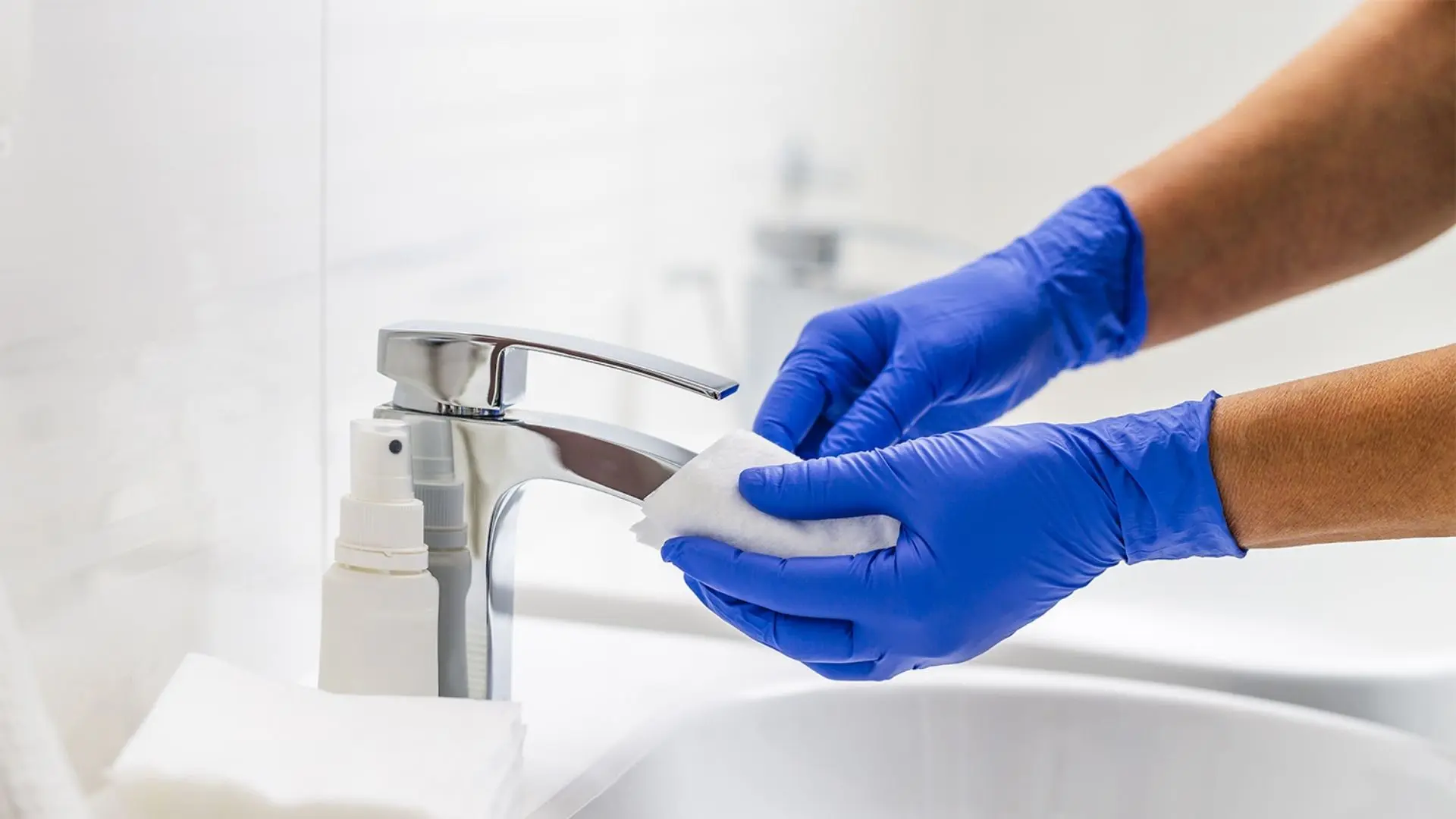
First, you would want to remove the stains caused by this build-up. After all, no one likes to look at dirty fittings, which is even worse if a guest sees it, too.
First, grab some white vinegar, a soft cloth, and a paper towel. Simply soak the cloth in vinegar and wrap it snugly around your faucet. After about half an hour, the stains should start breaking down, making them easier to wipe away. If there’s any vinegar left, just dab it off with a paper towel.
This method is excellent for stainless steel faucets and copper-based fittings in the kitchen and bathroom.
Now, let’s move on to removing the actual build-up. Most of the time, the build-up tends to block the pressure of the faucet. It usually means the faucet’s aerator has been clogged when this happens. To clean the aerator, you will need the following materials.
After you have gathered all the necessary materials, take some vinegar in a bowl and place it on the side that is easily accessible. Remove the aerators using the pliers and put them into the bowl of vinegar.
Depending on the build-up, the aerator needs to be soaked in vinegar. We suggest doing it overnight to make sure everything is cleaned off. If any loose particles are still hanging, you can brush them off using the old toothbrush.
Another exciting method to clean the aerator is with a lemon. To go ahead with this method, you will need the following items.
Now, slit the lemon down the middle into two halves, and then stick your thumb into one of the halves. Cover the faucet with lemon juice once there is a bit of a gap. You can do this by sliding it all over, and after that, cover the faucet with the bag.
The lemon works the same way vinegar does, and the citric acid will break down the calcium build-up. Once it is all broken down, use the scrubber to clean up all the particles and wipe off the lemon juice using a paper towel. A damp cloth should do the trick if the lemon juice dries up.
Finally, another interesting way to remove the build-up, which requires a few more ingredients than usual, is using baking powder. Now, for this technique, you will need the following:
Take a tablespoon of olive oil, baking soda, and vinegar into one bowl and paste. Cover every inch of the faucet once it has reached a paste-like consistency.
The great thing about this method is that it works fast. After 10 minutes, it starts to dissolve calcium deposits. If most of the calcium build-up has gone within the first 10 minutes, wipe it off with a cloth or paper towel.
Living with hard water can be a challenge, but installing a water-softening system might be worth considering. These systems treat the water as it moves through your pipes, reducing the chance of those annoying build-ups.
Installing such a system can be expensive, and sometimes the house budget doesn’t allow it. In such cases, always keep bottles of vinegar and baking soda handy.
We’re wrapping up our guide on removing calcium build-up from your faucets. Hopefully, you find these tips handy the next time you encounter a chalky tap.
We want to reiterate that you always keep cleaning products nearby for people who live near hard water, as you never know when you’ll need them. You can always contact our Melbourne plumbers for any tap repairs or maintenance. We are happy to assist you!
On that note, we’ll sign off. Catch you soon with more exciting guides!
Until next time!
Are you worried about how to remove mould from your shower area? Look no further as are guide details the causes, treatments and prevention of mould growth in your bathroom.
Not sure how to deal with smelly bathroom drains? Don’t be embarrassed by an unpleasant odour in your bathroom. Follow our DIY guide to eradicate smelly drains at home.
Are your stormwater drains troubling you? Keeping them free of debris and rubbish is vital. This guide outlines simple DIY tips for maintaining your stormwater drains.
